Lion has developed toothbrushes of various shape suited to the life stages and mouth conditions of every consumer with the aim of providing oral healthcare that helps enhance QOL and overall health starting from oral.

Toothbrushes consist of three parts: the head where the bristles are inserted (including the brush itself), the handle for holding the toothbrush, and the neck that connects the two. The materials used, thickness, length, and other characteristics can differ among products. (Figure 2) Lion is currently developing both bristle toothbrushes and rubber head toothbrushes, which have heads and bristles made of a rubber material.

The bristle toothbrushes manufactured by Lion are made with a method that uses a metal anchor to fix the bundles of bristles in the tuft holes in the head. (Figure 3)

In addition, the bristles used in toothbrushes are separated into two types: cylindrical straight and super- tapered (ST) bristles, which gradually narrow from the root to tip. (Figure 4) Straight bristles are highly effective at removing plaque from wider tooth surfaces and leave teeth feeling very clean. ST bristles reach and easily remove plaque from narrow spaces and feel gentle. We have been able to develop a wide range of toothbrushes for specific purposes because the thickness and length of bristles significantly change the cleaning power, functions and the feeling on the teeth and thus how they are used.

Lion developed the rubber head toothbrush, which has a head made of rubber material, as the toothbrush that can provide brushing experiences unlike any that came before. Our rubber head toothbrush does not use the bristles found in conventional toothbrushes. Instead, the brush is manufactured in an injection molding process that includes the bristles so there is no need to implant them. The molds used are in the shape of the final brush head complete with bristles and the head is formed by injecting the molds with the soft resin material that constitutes the rubber. (Figure 5)


Rubber head toothbrushes realize both a comfortable brushing experience due to the soft feeling possible with rubber and a squeaky clean finish made possible by the way the rubber bristles hug the tooth surface to scrub away plaque. (Figure 6)

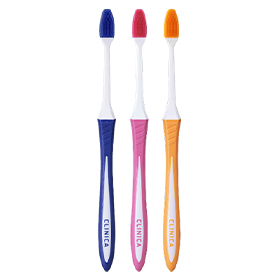
Toothbrush Technology and Manufacturing Method ~Debut of New Material Rubber Head Toothbrush~
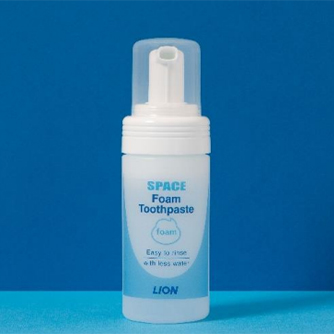
Toward a Society where Appropriate Oral Healthcare Can Be Realized for Everyone, Anytime, Anywhere Activities for Creating Better Living Habits in Space

Super-Tapered Bristle Toothbrushes for Periodontal Pocket Care
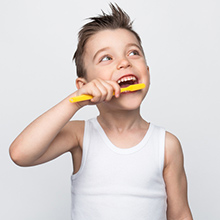
Reach the Backs of the Back Molars!

Development of STEP Toothbrushes Tailored to Specific Stages of Children’s Growth
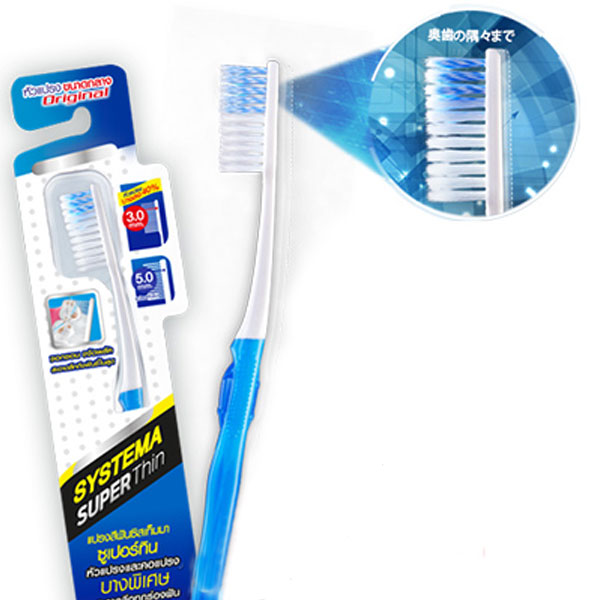
Overseas Roll Out of Super Thin Head, Slim Neck Toothbrushes Developed in Japan
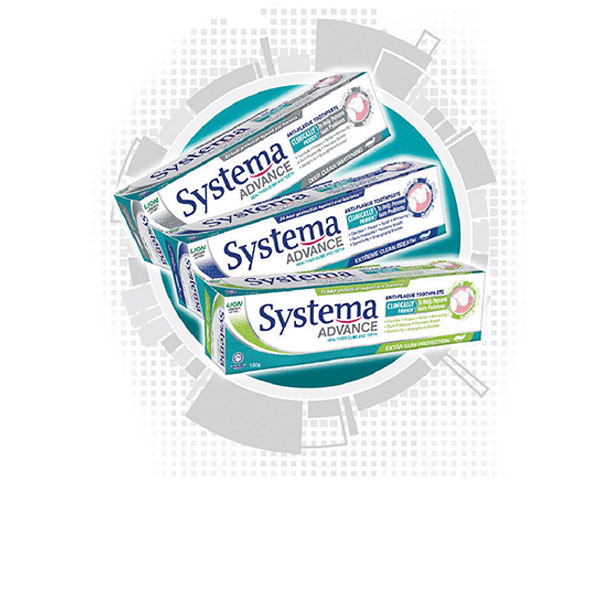
Utilizing Gum Disease Prevention Technologies with the Keyword “Plaque”

Preventive Dentistry Initiatives in Asia
Related Information